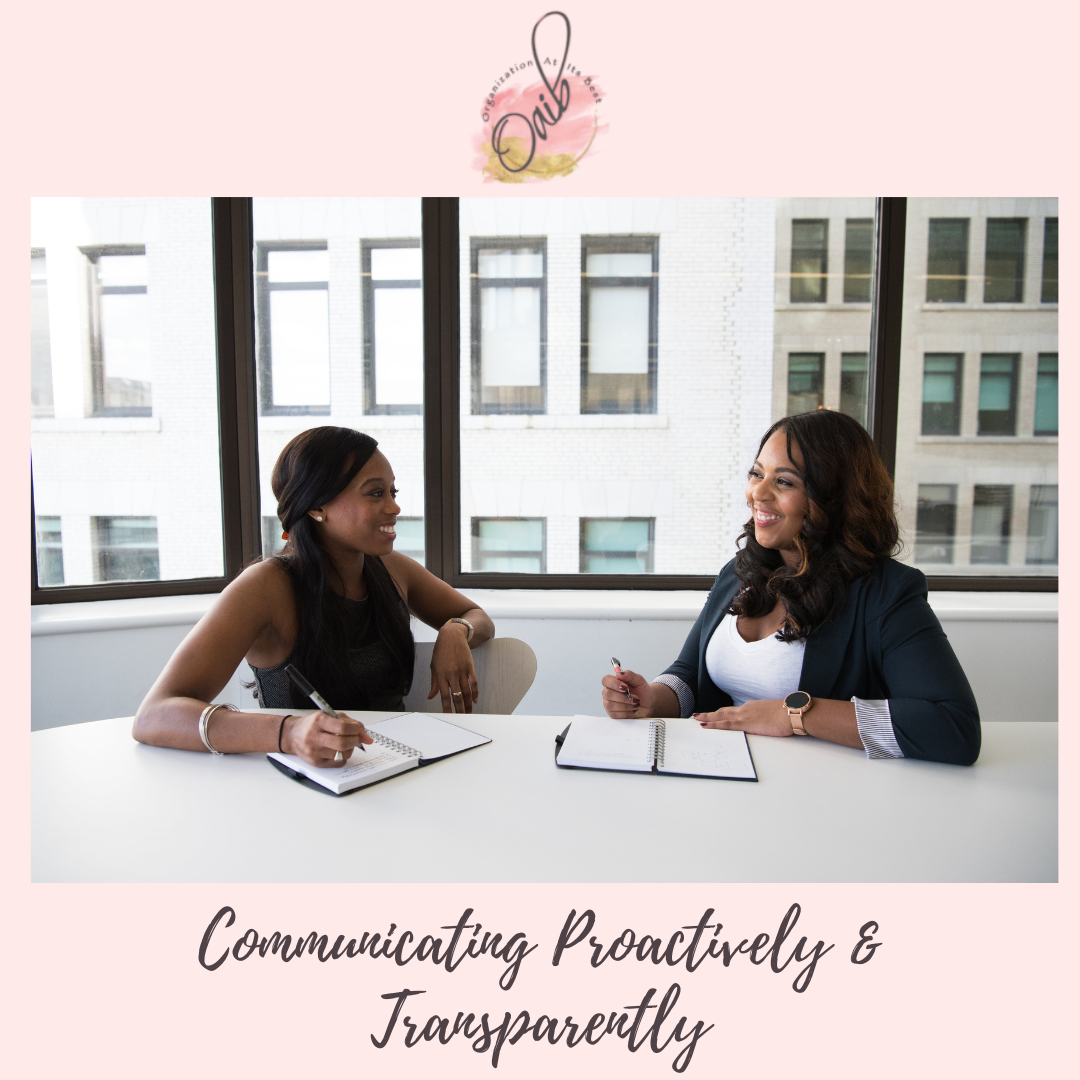
DECEMBER 13, 2023
Communicating Proactively & Transparently
One thing I have recognized in OAIB’s work is that employees are often unaware of just how much their organization is doing to try to get it right.
So many leaders I work with share a commitment to do more to create more diverse, thriving workplaces, but then, I sit down with middle management or employees and I hear “Well, I heard some things, but I don’t really see anything happening.”
One of the most powerful strategies for DEIB practitioners is to encourage leaders to stop leaving it to middle managers to translate the vision and success stories.
Leaders have to set the communication drumbeat, with a constant rhythm of sharing, sharing, sharing.
When leaders encourage employees (from all backgrounds and levels) to share in their own words how well DEIB is working (or not working), their peers will listen.
Importantly, employees will also listen to a leader being vulnerable around the changes they’re trying to make personally.
Please don’t base the success of DEIB work on a lack of complaints.
When an organization is actively engaged in DEIB work, complaints, concerns, and reports of microaggressions will actually rise, because a level of freedom and safety has been created. It takes a strong leader to encourage people to share their lived experiences, to sit with it, and to really listen.
Many leaders fear “looking bad” while their employees often “just want to be seen and heard.”
Realize that negative experiences have been there the whole time, and it’s good that people feel comfortable enough to raise issues. That’s an indicator you’re doing your job to create courageous conversations.
I challenge my clients to embrace the discomfort.
When negative feedback comes in, I have them listen and play it back for their organization.
I tell them that they don’t have to hide it or be ashamed that it happened. Be proud that you’re engaging and addressing it.
This kind of transparency shows people that leaders don’t want to sweep anything under the rug. It signals a level of commitment from the top that people aren’t used to seeing, and it inspires.
If you need help to make this your reality, find a good executive coach to help you navigate what admittedly are difficult moments.
The successful organizations I work with go so far as to report to their metrics on incidents of microaggressions or exclusion: “This quarter, we experienced 15 reports of microaggression and exclusion, and here’s what we’re doing about it…”
You don’t have to name names, but you can show that you’re moving in the right direction.
If you would like some help in this area, let us know.
Organization At Its Best Founder and Chief Executive Officer, Tawana Bhagwat, has more than twenty-five years of experience directing Human Resource administration, change management, learning and development, facilitation, DEIB, and executive coaching.

